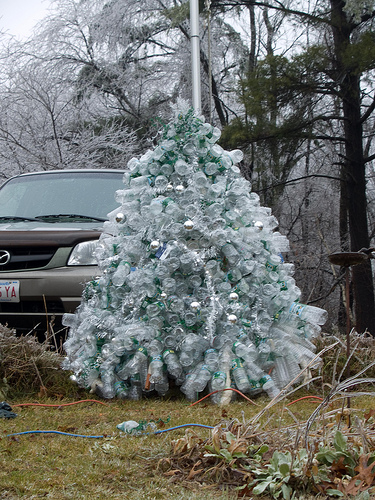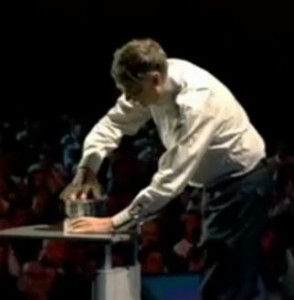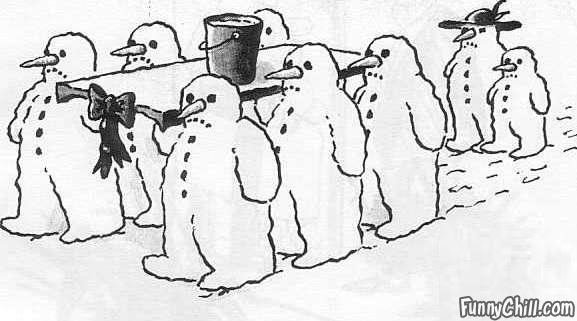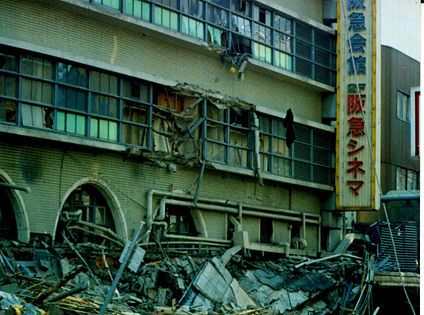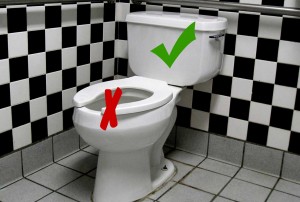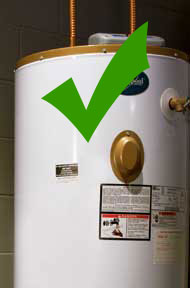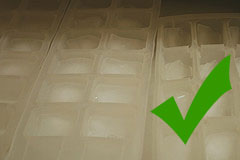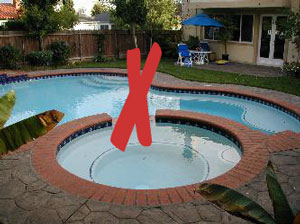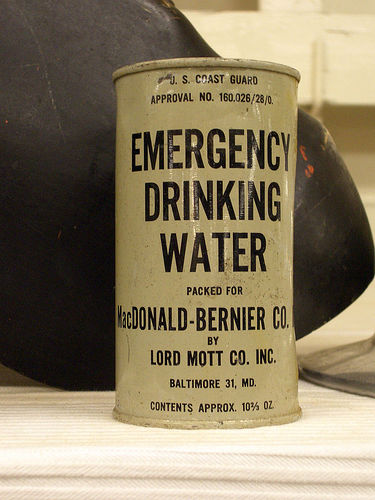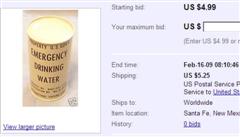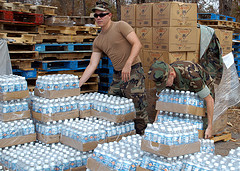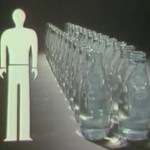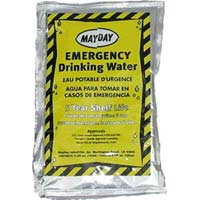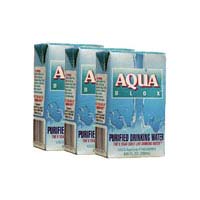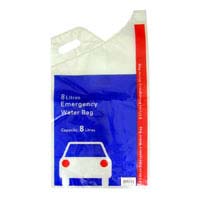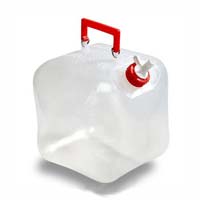Post-Festival Fate of the Metheun Tree
Sometimes I’d just stare and think…I wonder what’s become of her? Just a couple months ago we wrote about plastic bottle holiday trees, including this recyclarific example from the 2008 Methuen (Massachussetts) annual Festival of Trees. And now that the holidays are over, we sadly assumed she had been shredded to bits and cruelly bundled in a recycling center or worse, buried alive in a dank, smelly landfill.
So imagine my excitement to see her again while browsing Flickr, under the heading I WON THIS AT THE METHUEN FESTIVAL OF TREES.
This must be this the same tree, I think, but she sure looks different in the morning without her lights! So I send a message to the owner to inquire about her fate… “I’m curious… what happens to it now?”
The happy response: “We have decided to move it to our pool area and keep it as a conversation piece.” She always loved being by the water, and now she’s a bathing beauty. And possibly headed for another adventure as a emergency rescue flotation device. Ah, life’s funny.


